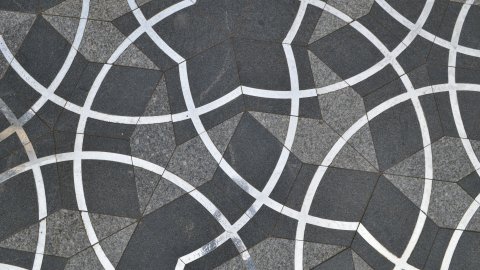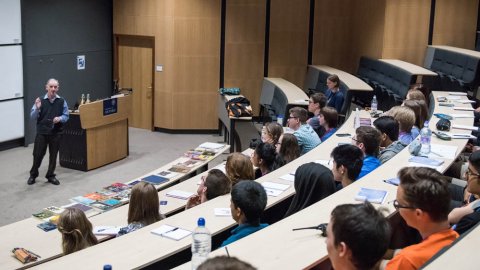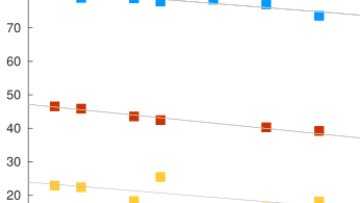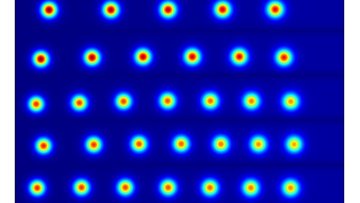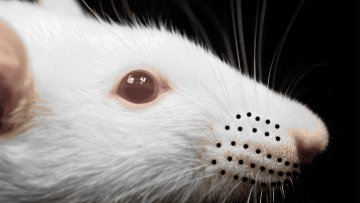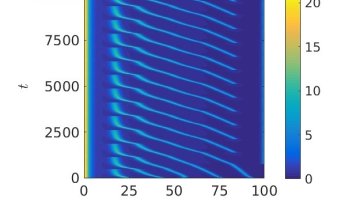Oxford Mathematician Paul Moore talks about his application of mathematical tools to identify who will be affected with Alzheimer's.
In a seminal 1952 paper, Alan Turing mathematically demonstrated that two reacting chemicals in a spatially uniform mixture could give rise to patterns due to molecular movement, or diffusion. This is a particularly striking result, as diffusion is considered to be a stabilizing mechanism, driving systems towards uniformity (think of a drop of dye spreading in water).


